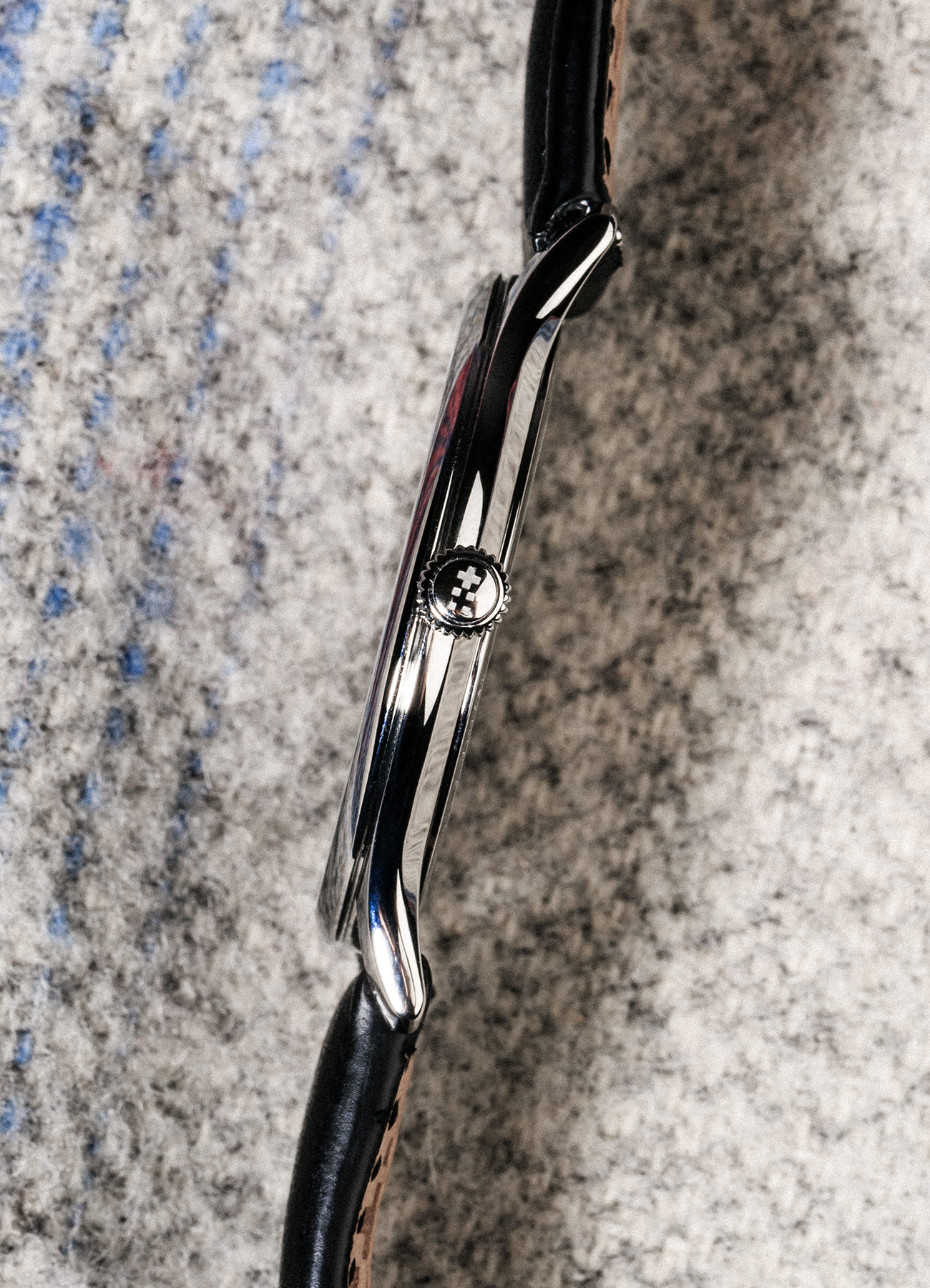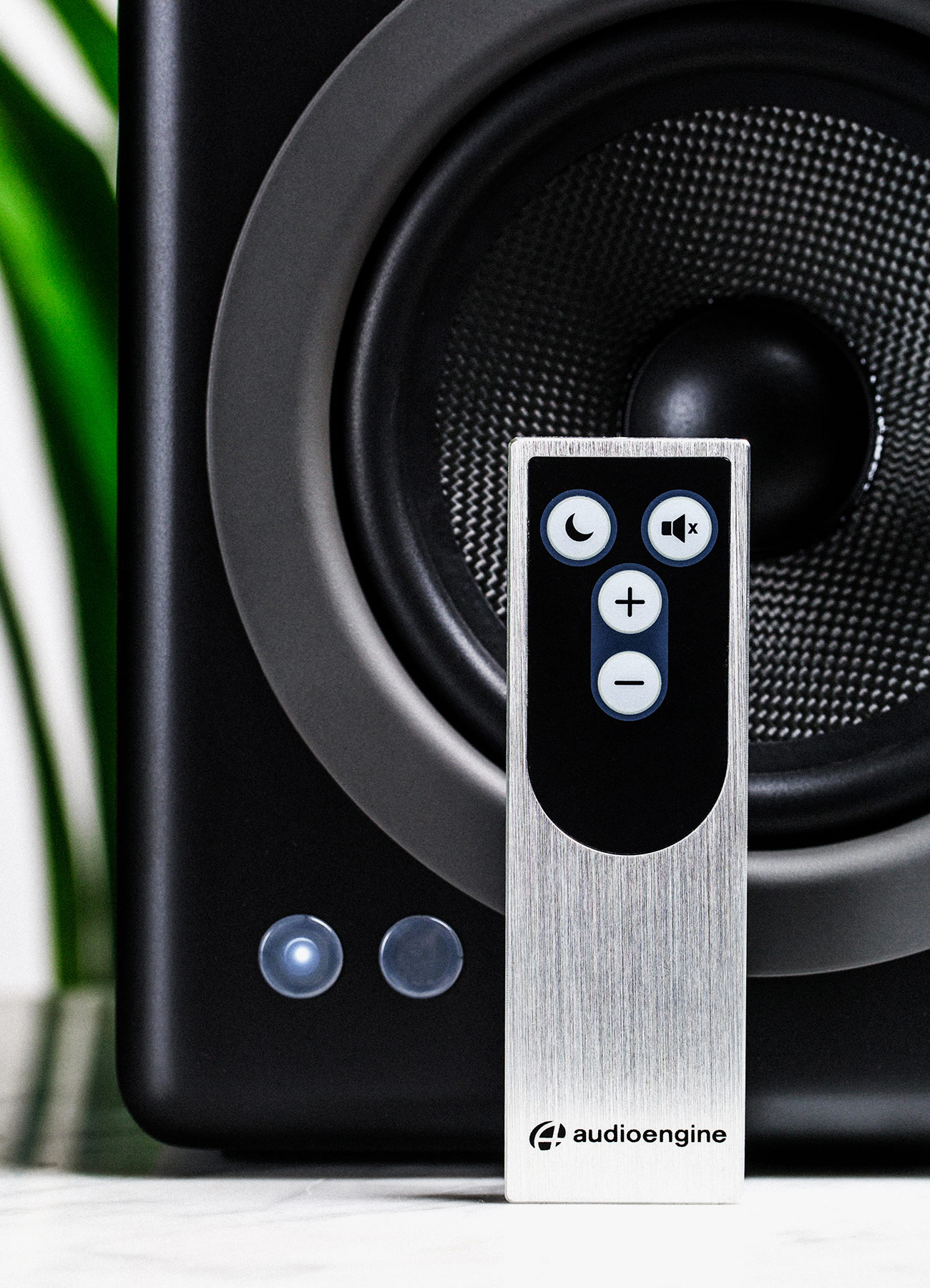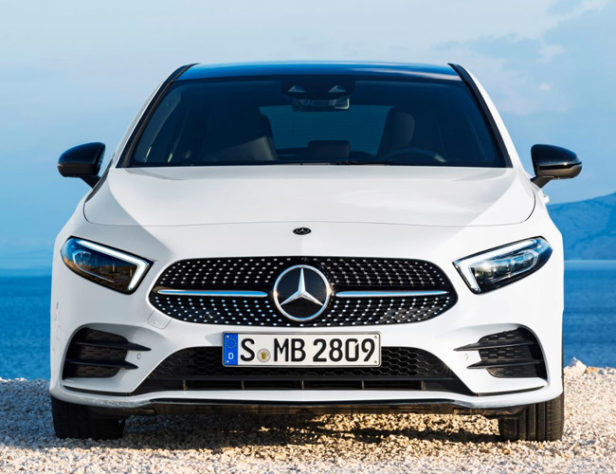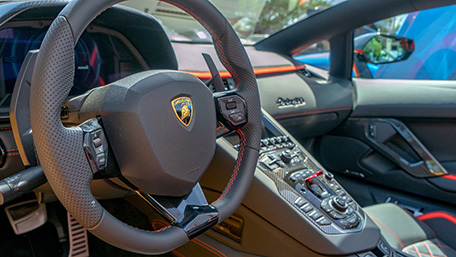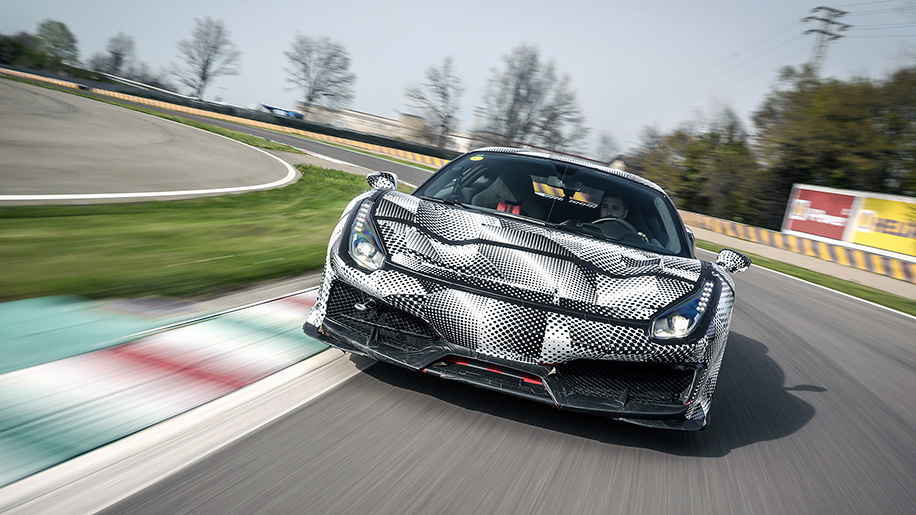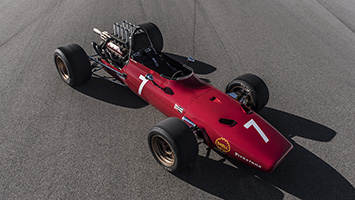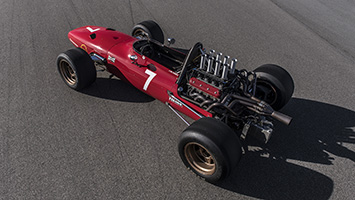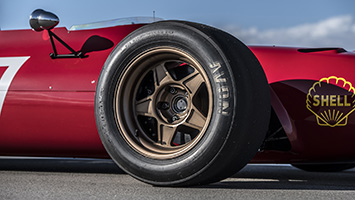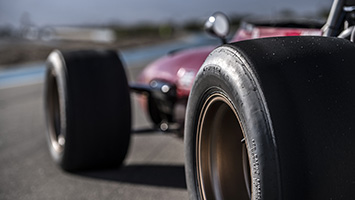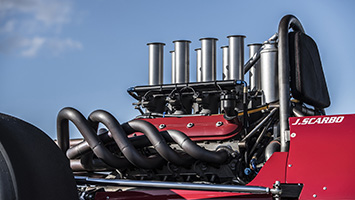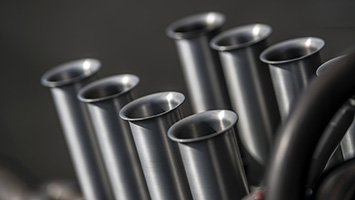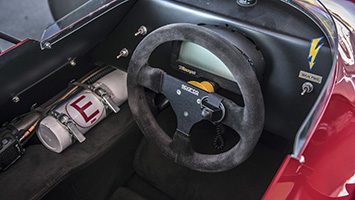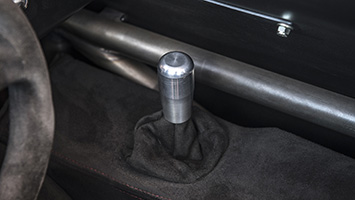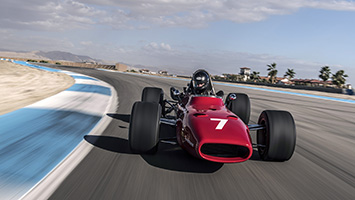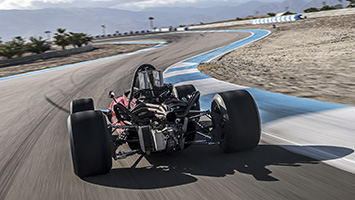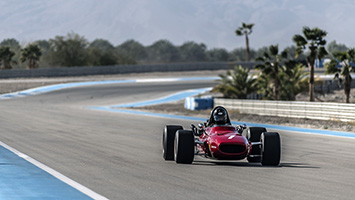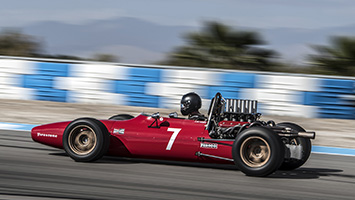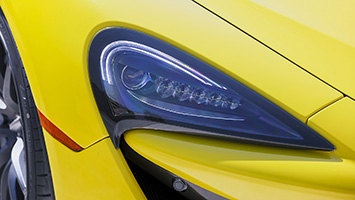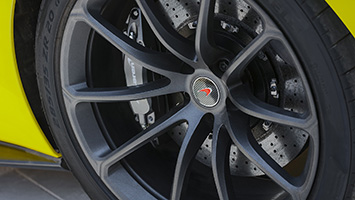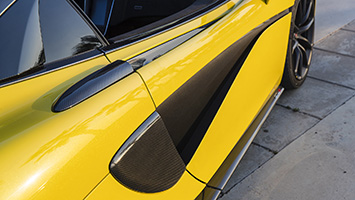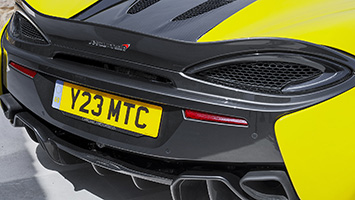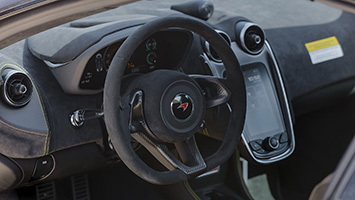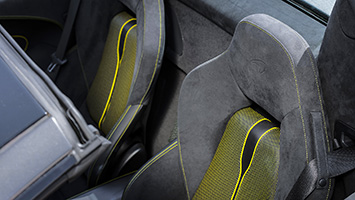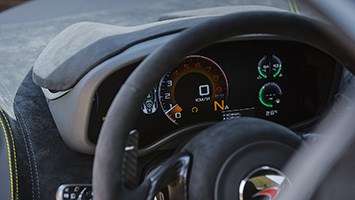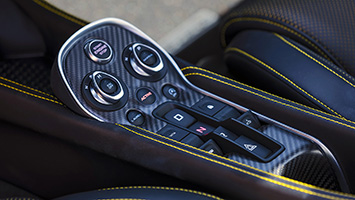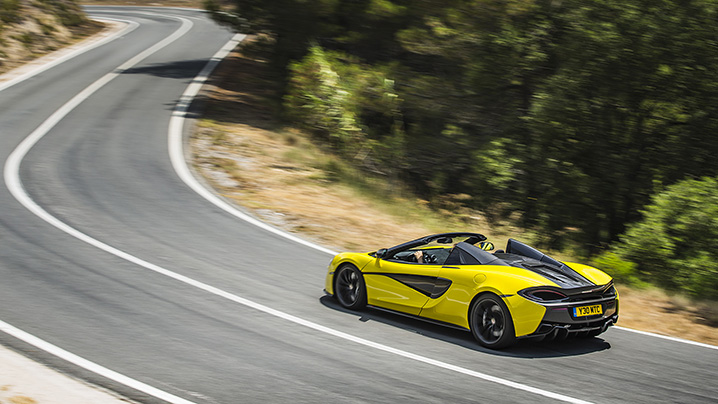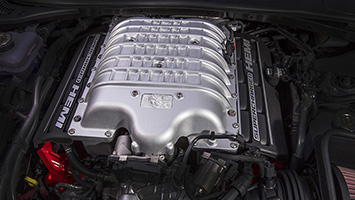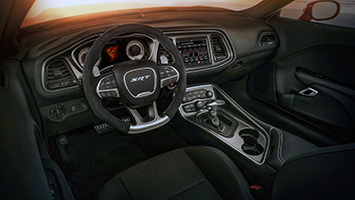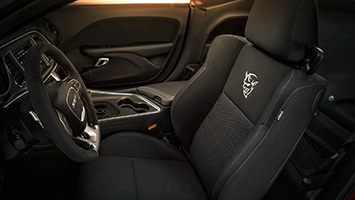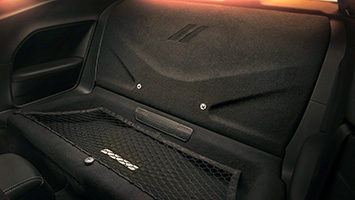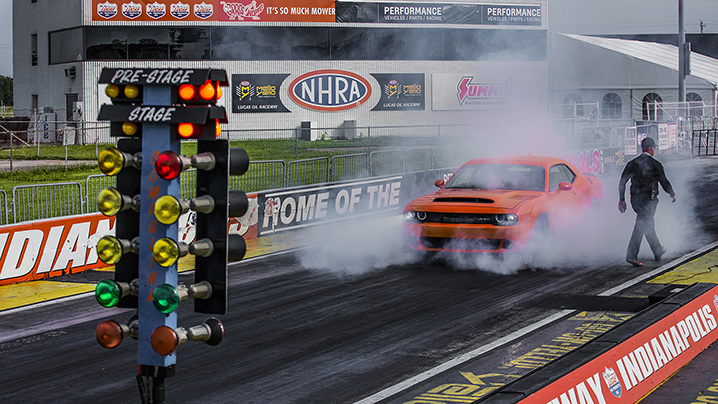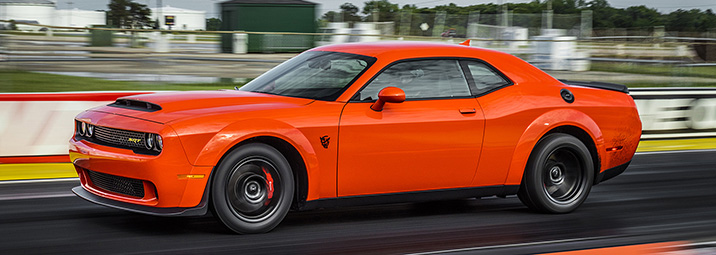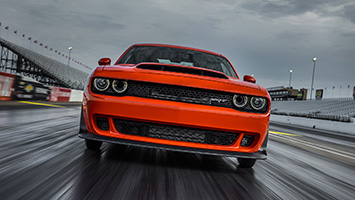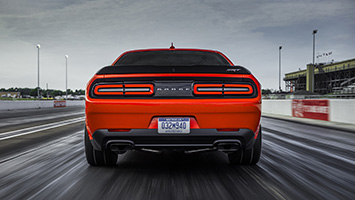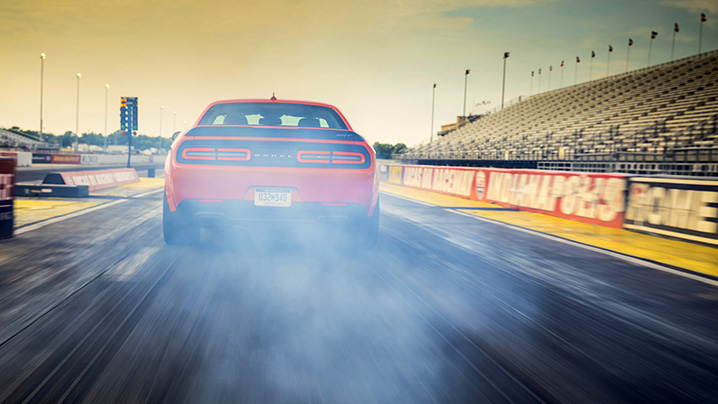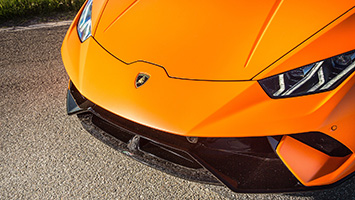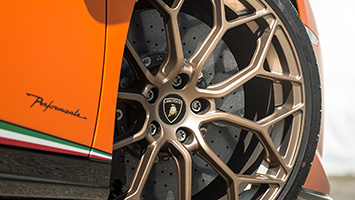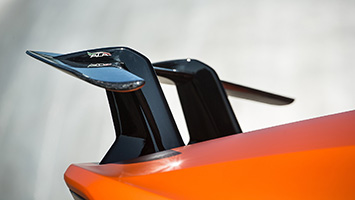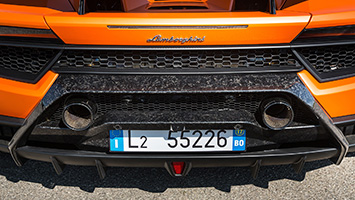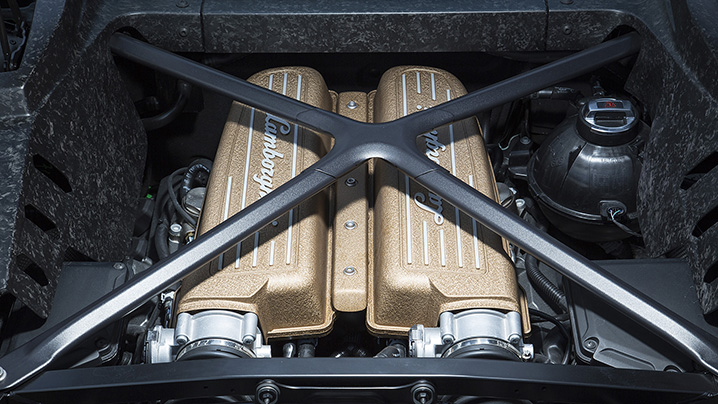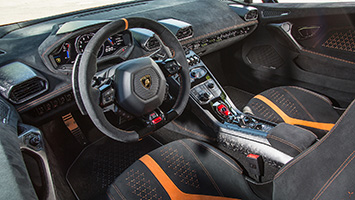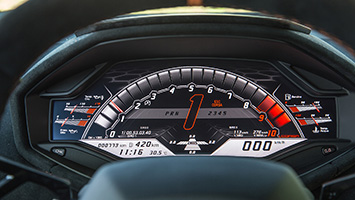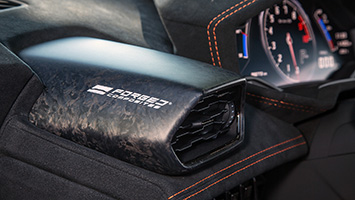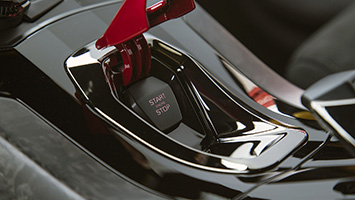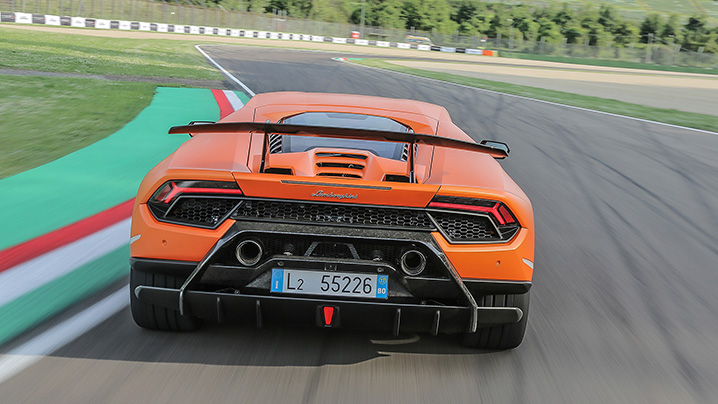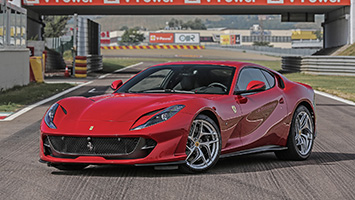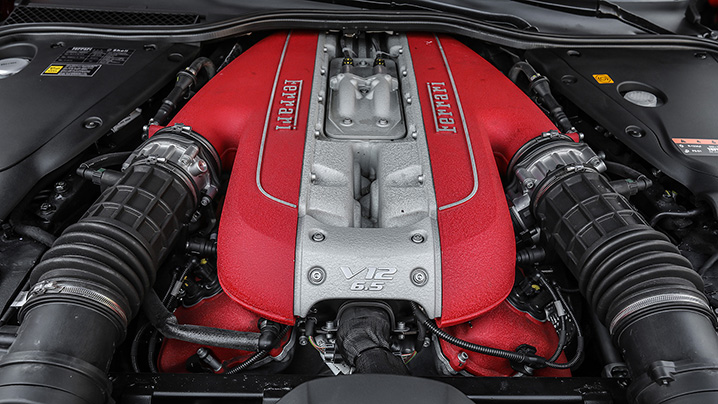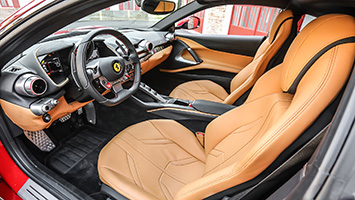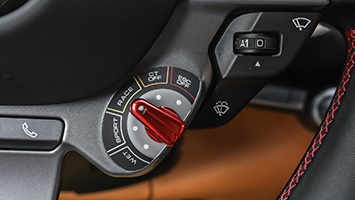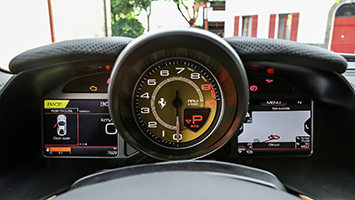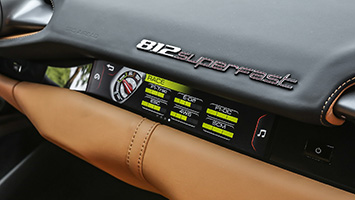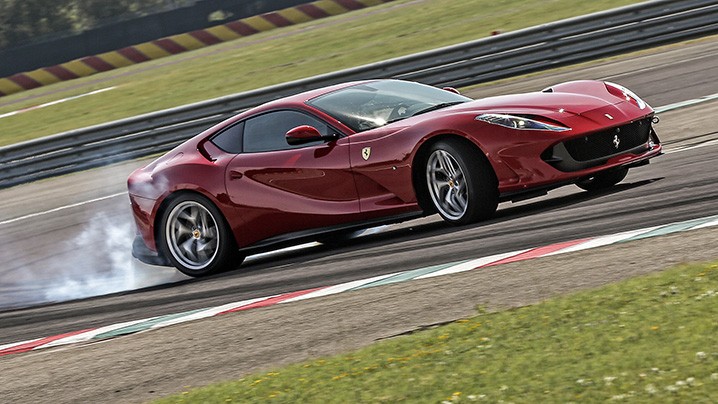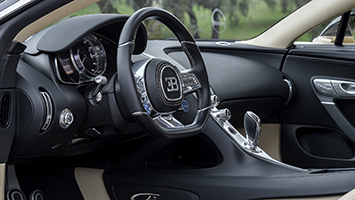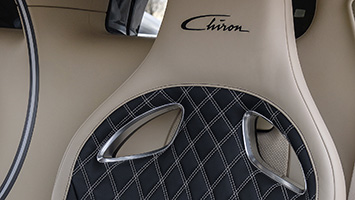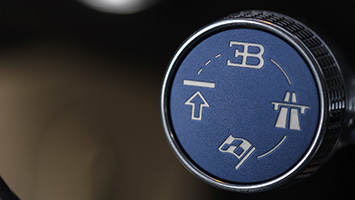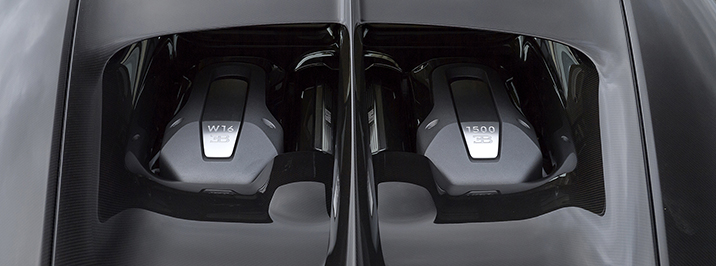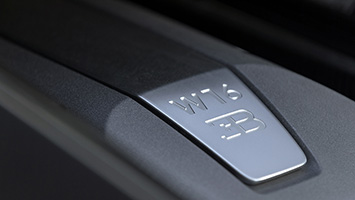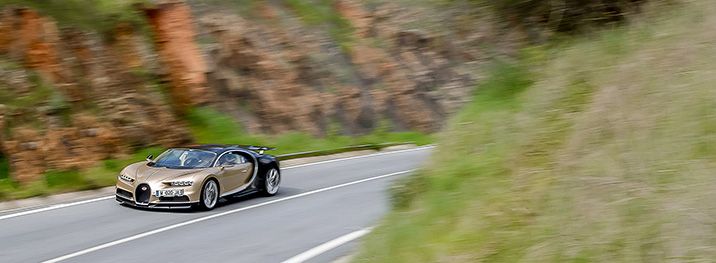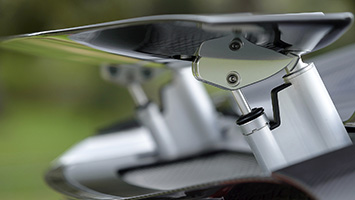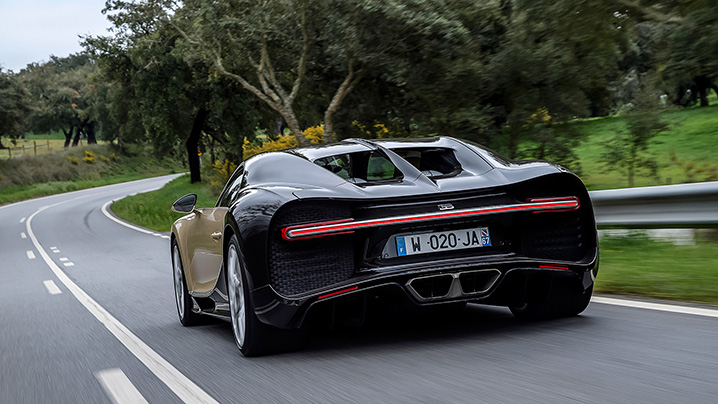2018 Ducati SuperSport S Review: A Sport Bike for the Average Rider
The Ducati SuperSport came back in 2017 from a 10-year hiatus to bridge the gap between the upper echelon of the Ducati lineup and more approachable bikes. The SuperSport brings the elegant, looks-fast-standing-still design and technology from the Panigale to riders who aren’t used to reigning in 200 horsepower on a daily basis.
High strung sportbikes are one-trick ponies, as eye-catching and blisteringly advanced as they are. Bikes that are born from racing but adapted to the streets while still retaining impressive stats are compromised for everyday riding. Ergonomics, torque curves and power bands well-suited to produce lightning fast lap times are a bike’s most significant weaknesses on a daily commute while dodging traffic going from stop light to stop light. The Ducati SuperSport S cherry picks the best aspects from longer distance bikes and the sport bike world to give the average rider a taste of top-tier Ducatis on a daily basis.
The Good: Styling on the SuperSport is one of its main draws. What used to be out of reach for most riders — those who didn’t want a high-performance track machine but adored the styling — can now enjoy one of Ducati’s best designs in years.
A host of electronic aids and layers of menus let riders customize the character of their bike. You and a friend could both get a SuperSport, but through the eight-level traction control and three level ABS system, you can mix and match the computer’s level of intervention so much that you could share the same bike but have two completely different experiences.
Who It’s For: Commuters who are looking for a premium bike to use almost every day but don’t want the aggressive and cramped ergonomics of a track bike.
Watch Out For: The SuperSport only comes in two colors, but there’s a catch. The base model just comes in red, so if your heart is set on the white, you ‘ll have to spring for the S model and throw down an extra $1,700. And if you can live with red, a non-adjustable suspension and adding an optional quick-shifter, I’d stick with the base model, because those are the only differences.
One of the most egregious flaws of the SuperSport is undoubtedly its mirrors. I’m somewhat broad-shouldered, so with the SuperSport’s mirrors on such short stalks I had to keep pinching my shoulders and elbows in to get a view of what was behind me. That annoyance, however, had nothing on vibrations that rendered the mirrors all but useless at night. A bike with that big of an engine, with so few cylinders will, of course, not ride very smoothly — there are bound to be vibrations and a lot of them. The mirrors vibrated so much that during the day my rear view was closer to a French impressionist’s interpretation of reality and at night, I gave up entirely and just used quick glances over my shoulder.
Alternatives: The only real direct competitors are the Kawasaki Ninja 1000 and Suzuki GSX-S1000F. Both the Japanese bikes are more powerful than the Italian at 140 hp and 148 hp respectively and also both get power from inline-four engines, affording a smoother ride.
All three have similar price tags and multi-level traction control systems, but the Ducati is the only bike of the three to offer fully-adjustable suspension, three ride modes (Sport, Touring and Urban) on top of the eight-level traction control system and three level ABS.
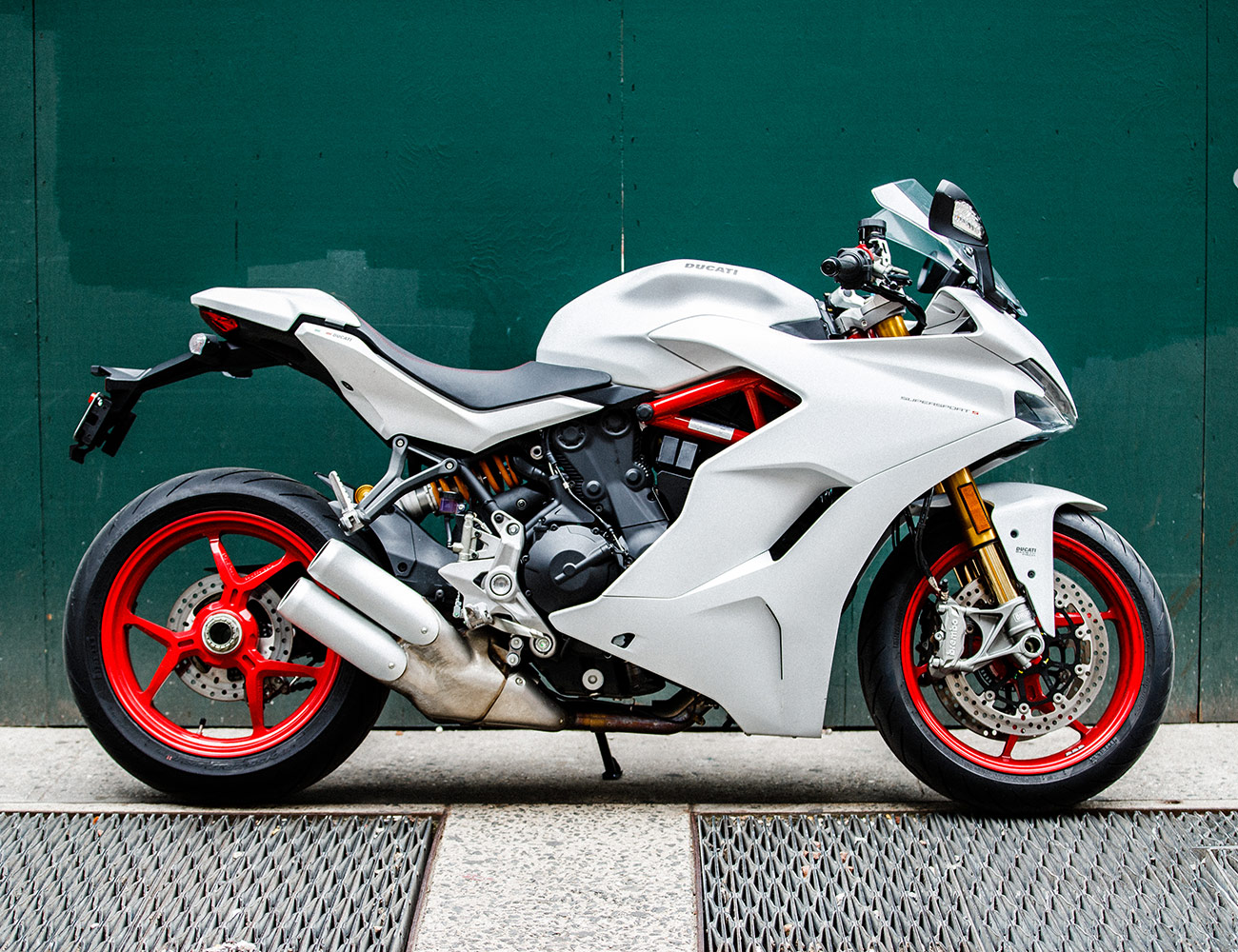
Review: I never got the chance to take the SuperSport on to a track to explore or even get close to the limits of what can do, but then again, the majority of riders picking this bike up won’t either. In my week with the SuperSport I commuted back and forth from Manhattan to Jersey City through the Holland Tunnel during a heatwave, did a few highway blasts on the way to see friends and took a trip down to the beach for the weekend. In other words, I lived my life as I usually would, I just happened to have a Ducati underneath me. And, for an everyday rider, the SuperSport followed through on Ducati’s promise of versatility and performance.
I already had it in my head that Ducati’s idea of a ‘comfortable’ sport bike was simply bolting the footpegs lower on the bike and calling it a day. And with styling so close to that of the Panigale superbike, it was all too easy to write the SuperSport off almost immediately. Getting proved wrong the second I sat on the bike was the most jarring moment of the entire week.
Yes, the pegs are lower, opening up more leg room, especially for taller riders, but so is the seat. Combine that with the raised position of the handlebars and I was sitting nearly bolt upright. On longer rides or even short bursts through the city where body position is continuously changing, that freedom of movement affords the rider back an incredible amount of endurance.
In slipping in and out of traffic to and from work, useable torque is the SuperSport’s calling card. If the SuperSport boasted superbike performance to match its looks, all the power you need would be comically high in the rev range. Instead, Ducati moved most of the torque to just above 3,000 RPM, so you can ride around at a pace which won’t earn you any tickets or summons, but you can still get your money’s worth from the power you paid for. You can thank the punchy 937cc L-Twin for that because the more rev-happy inline-four competition from Japan make you go searching for power above the 9,000 RPM mark, which can be useful on the highway but you’ll rarely see that on city streets.
The engine gives the Ducati trademark vibrations throughout the bike — it renders the mirrors absolutely useless and becomes temperamental at low speeds, on light throttle. Trundling through the Holland Tunnel, where there’s no passing and traffic moves at crawling pace on a regular basis coasting was difficult. At low RPM, power delivery was choppy, causing the bike to jerk slightly. I wasn’t anywhere near the point of stalling the bike; the engine just didn’t like the lazy pace — noting the bike’s air-temperature thermometer read 122 degrees Fahrenheit in the middle of the tunnel, neither did I.
Verdict: If you look at the price tags and performance numbers alone, the Ducati doesn’t sit at the top of its class. The Kawasaki and Suzuki easily beat it out there, offering more power for the same if not less money. But – and this is very big, obvious ‘but’ – numbers aren’t everything.
The full experience on the Ducati SuperSport is more than just numbers. Superior design, sound and the way it effortlessly takes on corners are the reason anyone leans towards a Ducati. Throw in the everyday usability of the SuperSport and you know have a beautiful bike, packed with performance and technology, without the torturous ergonomics of a superbike set up as a track weapon. The engine does have its flaws but as a whole package, Ducati scored a major win by opening up more riders to the more exclusive and intimidating part of the dealership.
What Others Are Saying:
• “Ducati may have designed this ride to bridge the gap between the laid-back riders and the more spirited ones, but the look is all sport and distinctly Ducati.” — Top Speed
• “Agile on city streets, comfortable on the motorway and superlative on out-of-town twisties, the SuperSport is super-versatile. Relaxed rider and passenger positions, good airflow deflection from the height-adjustable Plexiglas screen and the mileage provided by the 16-liter fuel tank also make the Ducati SuperSport a cool companion on medium-distance rides.” — Total Motorcycle
• “The SuperSport S is marketed as perfect for road riding without compromising its sporting spirit, to paraphrase Ducati. The subsequent lack of any soreness after riding definitely backs up that statement. The seating position makes for a pleasant commuter ride, while the handlebar set-up allows you to sit high, and the soft, wide – but not quite Honda Gold Wing wide – leather seat is perfect for stylish road riding.” — The National
Ducati Super Sport S Key Specs
Engine: 937cc L-Twin
Transmission: Six-speed
Horsepower: 110 hp @ 9,000 RPM
Torque: 69 lb-ft @ 6,5000 RPM
Weight: 463 lbs
Read More Gear Patrol Reviews
Hot takes and in-depth reviews on noteworthy, relevant and interesting products. Read the Story



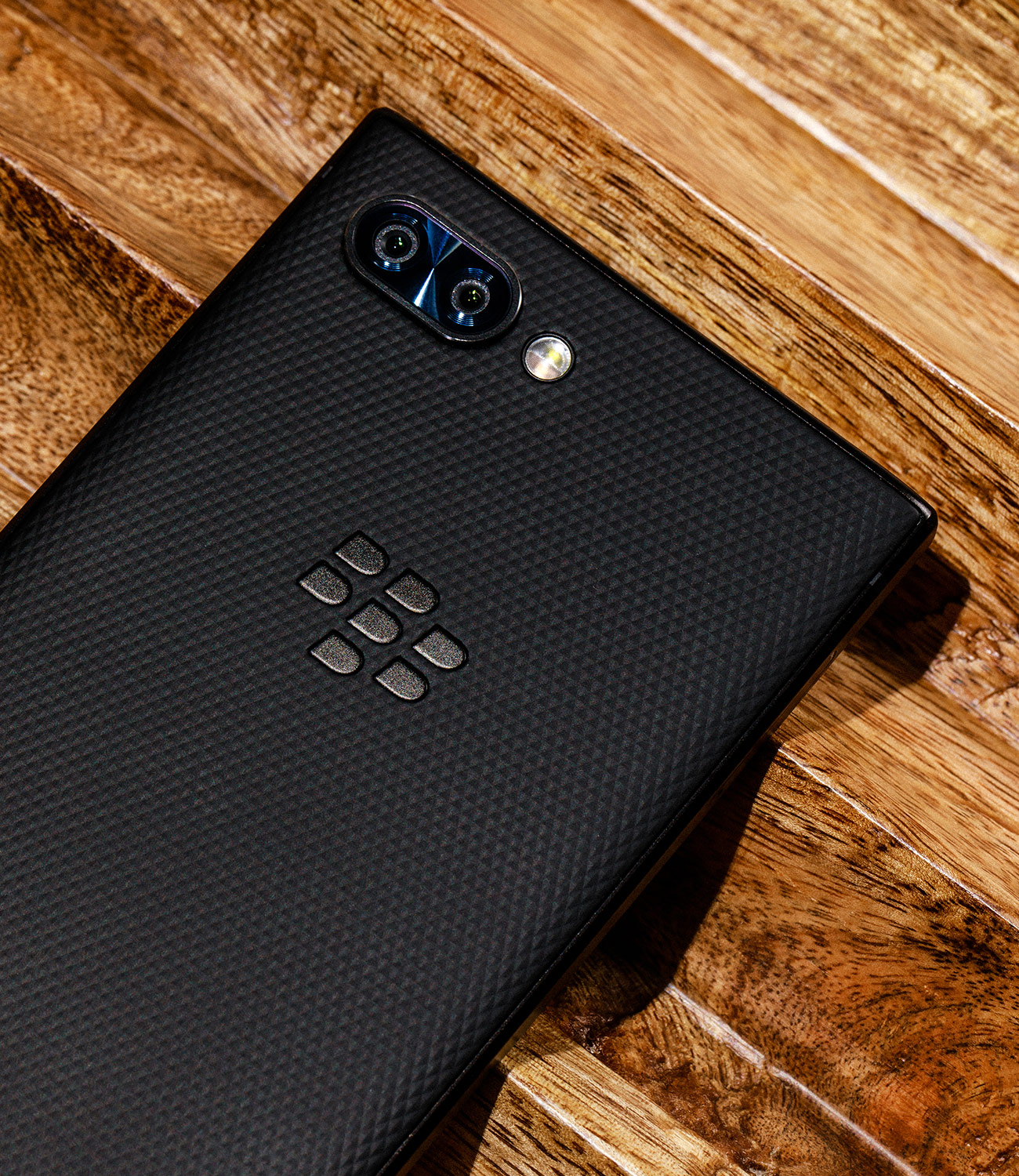


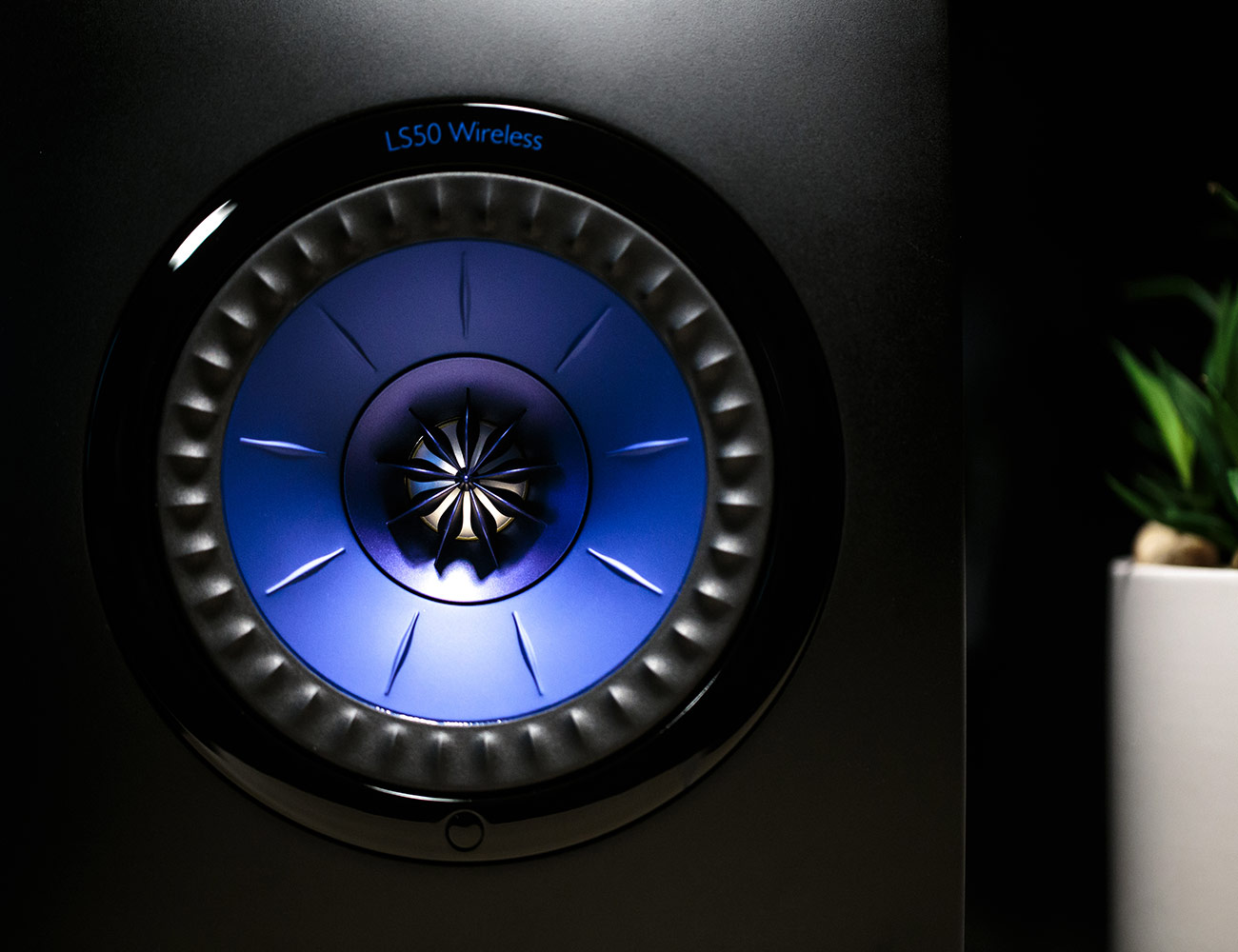


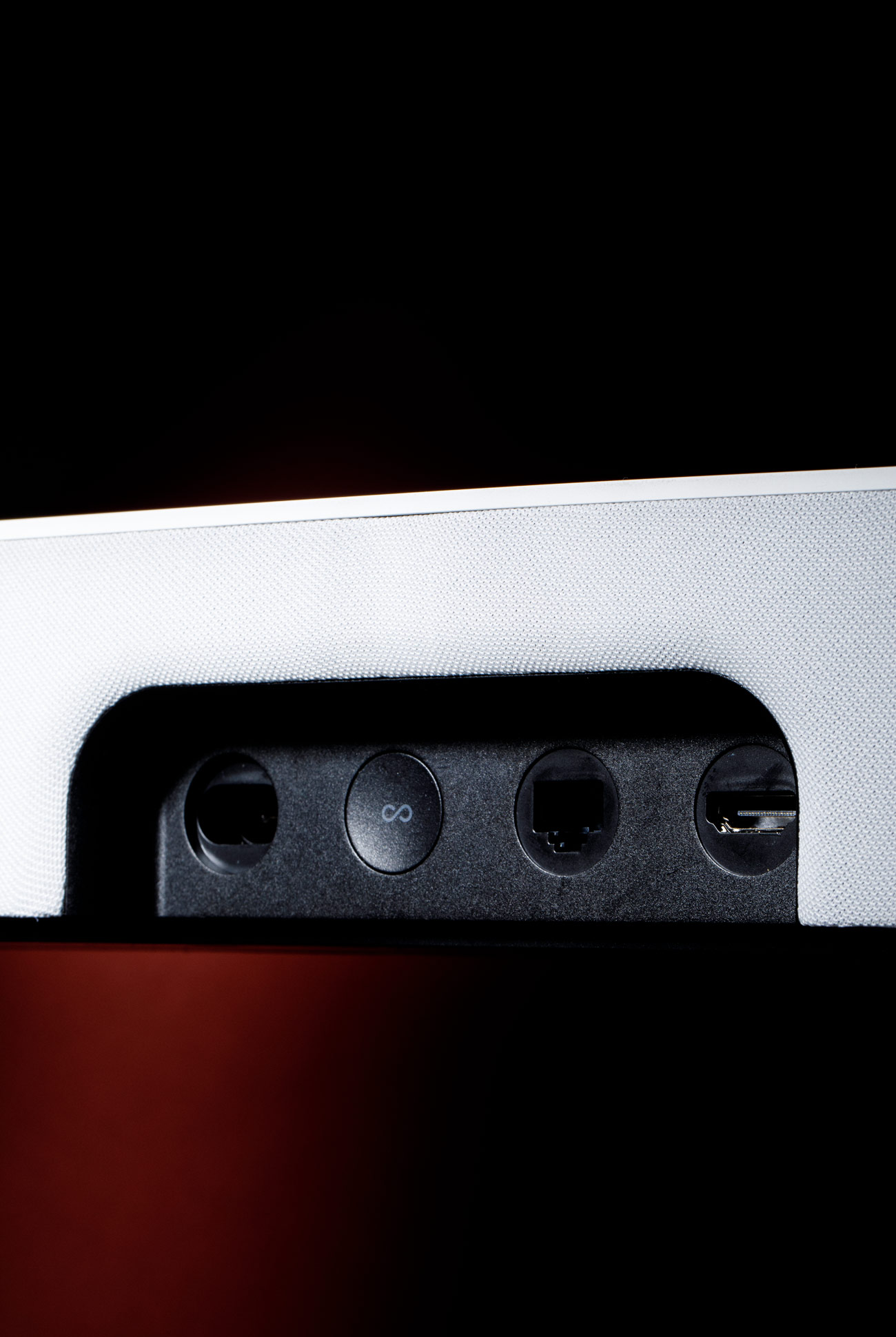

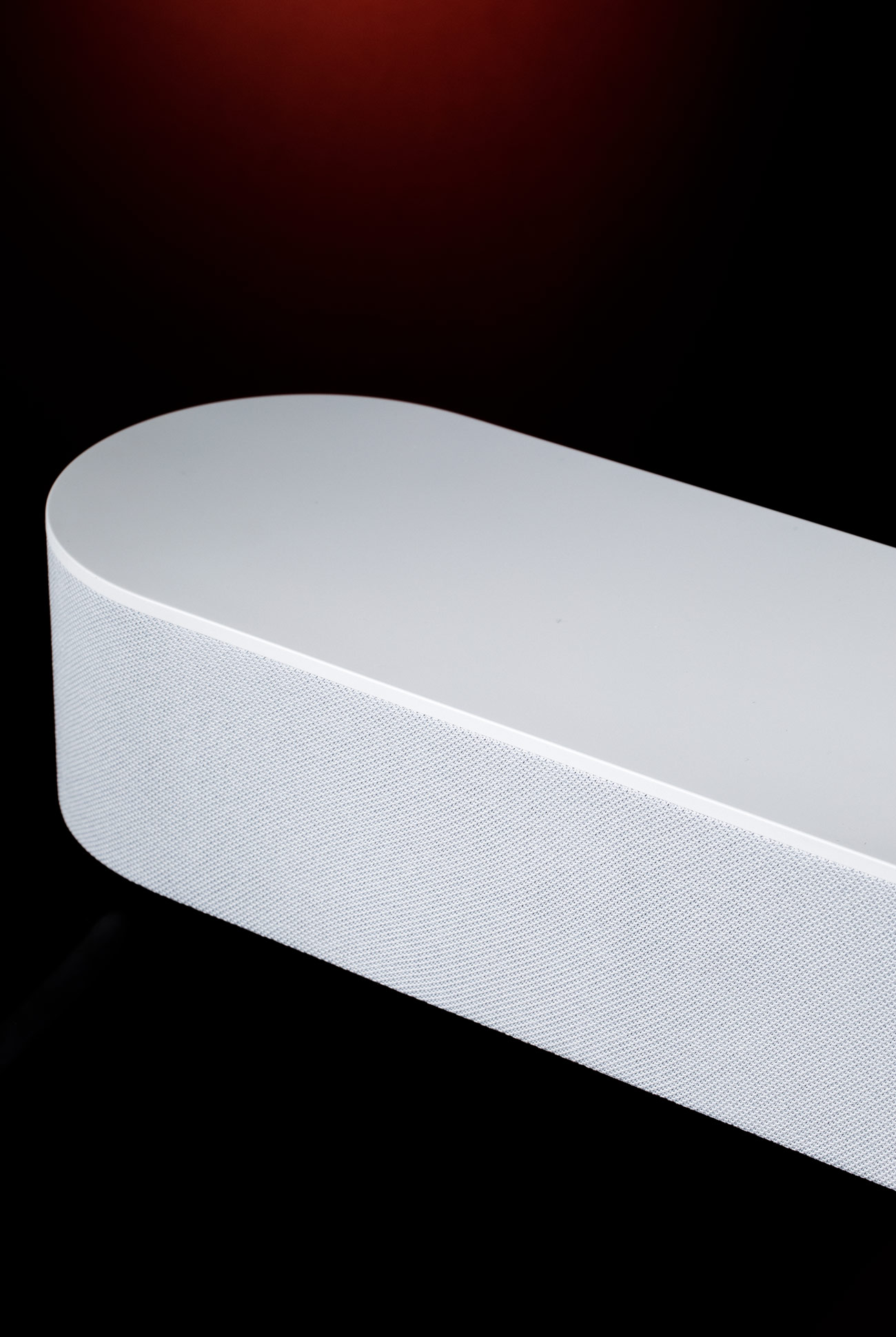

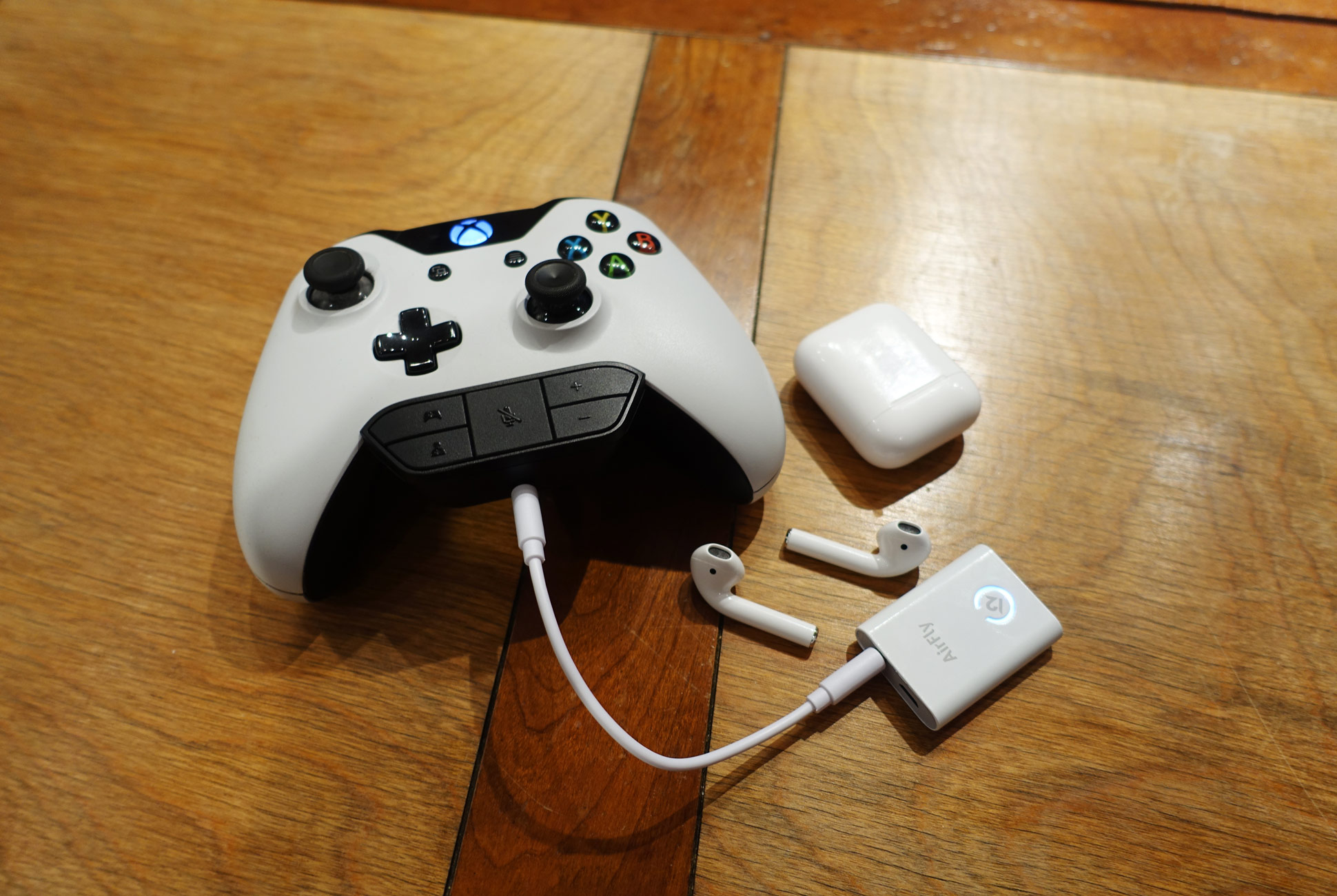

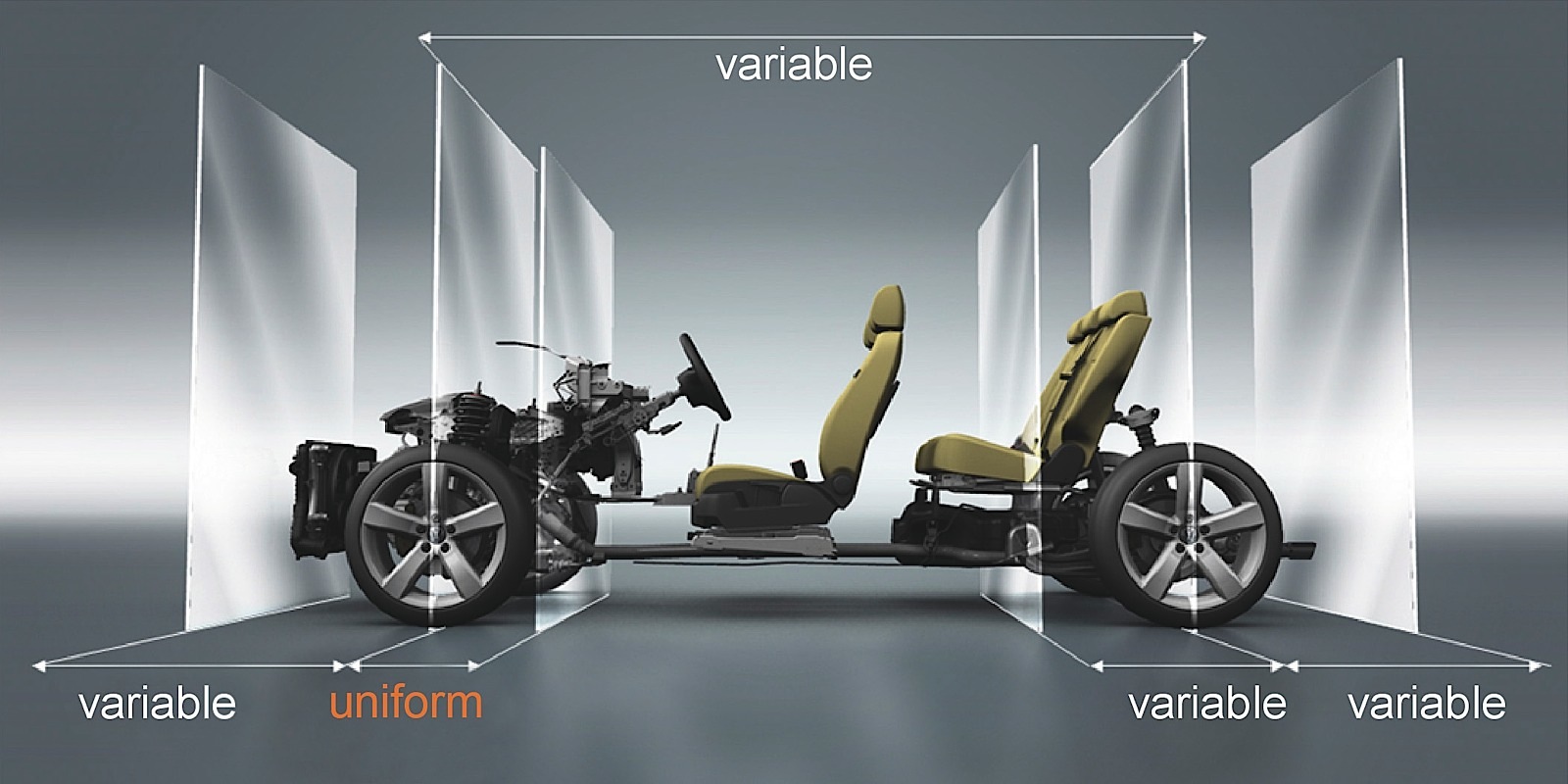 The current generation was designed and developed with modularization in mind: meaning interchangeable pieces for efficiency and cost-savings in mind. Under the MQB platform, the Volkswagen Group is able to create the S3 in the same underpinning as the Volkswagen Golf GTI/R to compete with the Mercedes Benz CLA, and the BMW 2 series. The MQB, which stands for “Modular Transversal Toolkit” in English, gives the Group a singular platform to provide easy maintenance, engine/secondary parts interoperability while giving unique design cues on the exterior and interior. Modularization also gives the Group a competitive advantage, by creating individuality on aspects that matter. The reason why the engine is uniform is that the mounting point is the most exhausting part to develop in order to meet regulations. Beyond electrical and physical mounting points, anything is fair game.
The current generation was designed and developed with modularization in mind: meaning interchangeable pieces for efficiency and cost-savings in mind. Under the MQB platform, the Volkswagen Group is able to create the S3 in the same underpinning as the Volkswagen Golf GTI/R to compete with the Mercedes Benz CLA, and the BMW 2 series. The MQB, which stands for “Modular Transversal Toolkit” in English, gives the Group a singular platform to provide easy maintenance, engine/secondary parts interoperability while giving unique design cues on the exterior and interior. Modularization also gives the Group a competitive advantage, by creating individuality on aspects that matter. The reason why the engine is uniform is that the mounting point is the most exhausting part to develop in order to meet regulations. Beyond electrical and physical mounting points, anything is fair game.
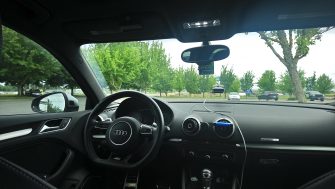




 premium octane requirement, the savings were diminished but not by much compared to a V8 engine. As we continued to explore downtown Portland, the sports suspension does show their true color, bouncing around bridges, ruts, and train tracks. It becomes annoying as the days go on, but that’s completely based on your tolerance level.
premium octane requirement, the savings were diminished but not by much compared to a V8 engine. As we continued to explore downtown Portland, the sports suspension does show their true color, bouncing around bridges, ruts, and train tracks. It becomes annoying as the days go on, but that’s completely based on your tolerance level.




